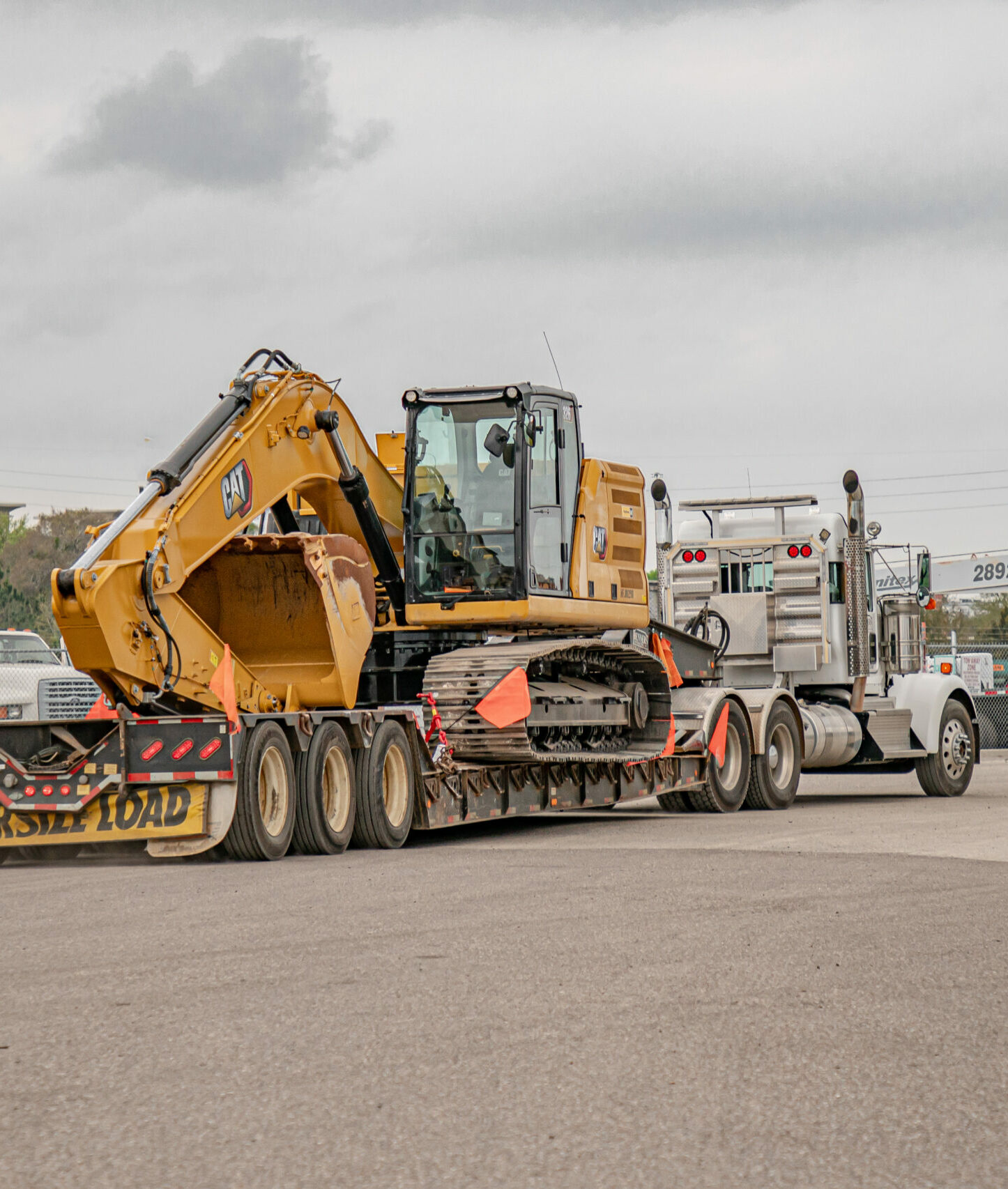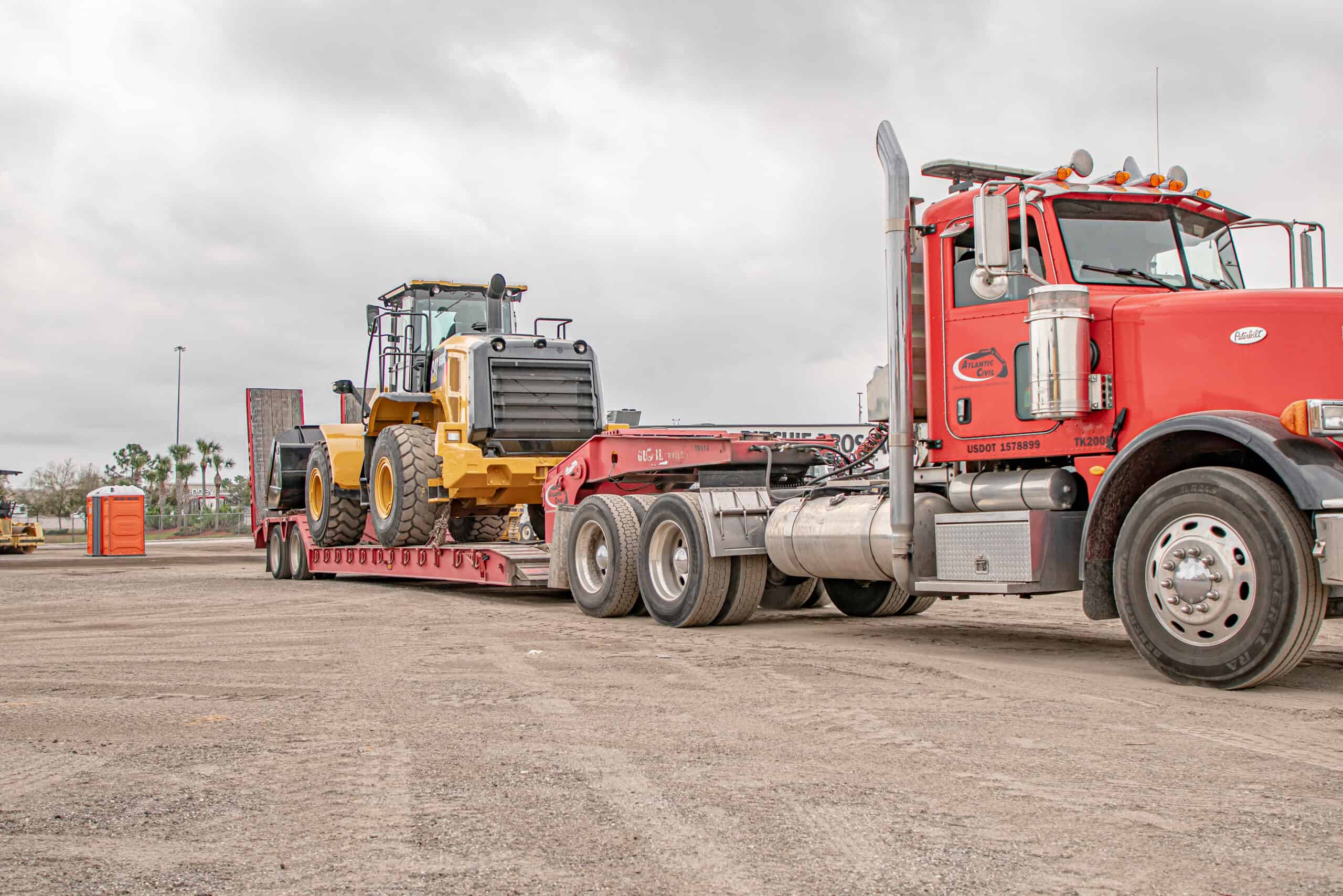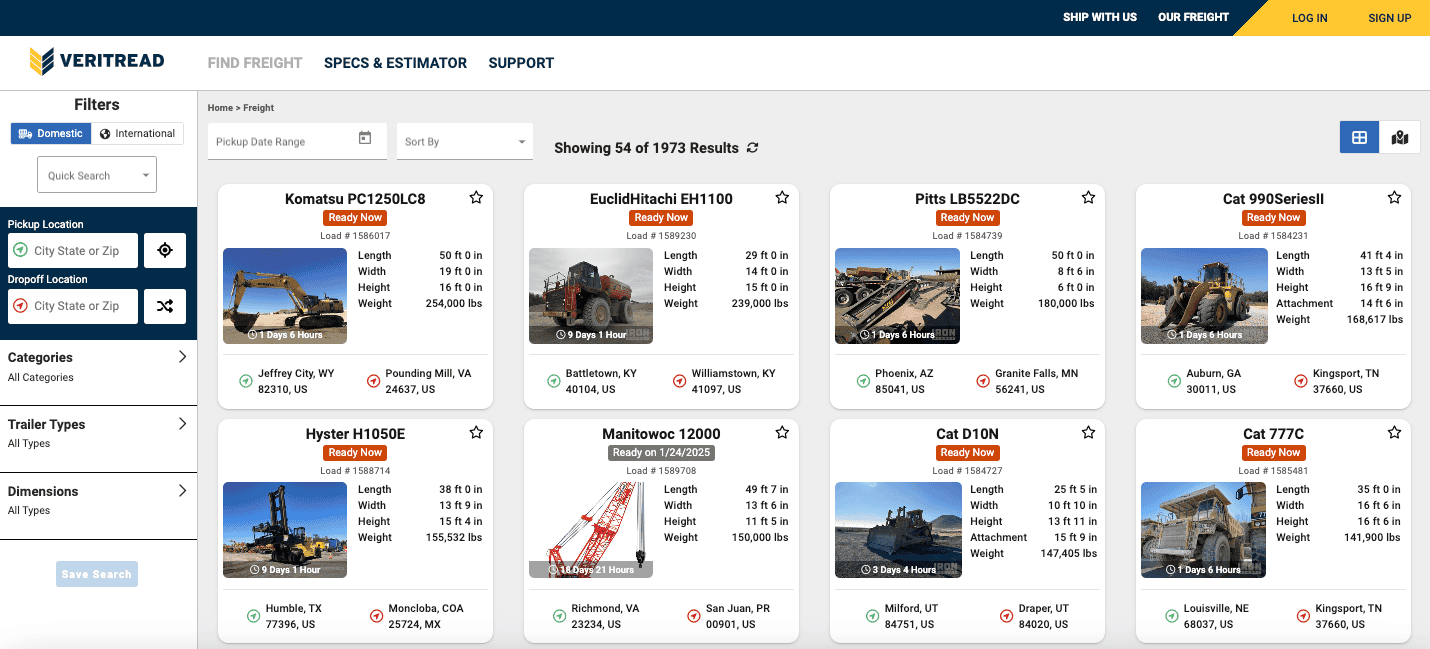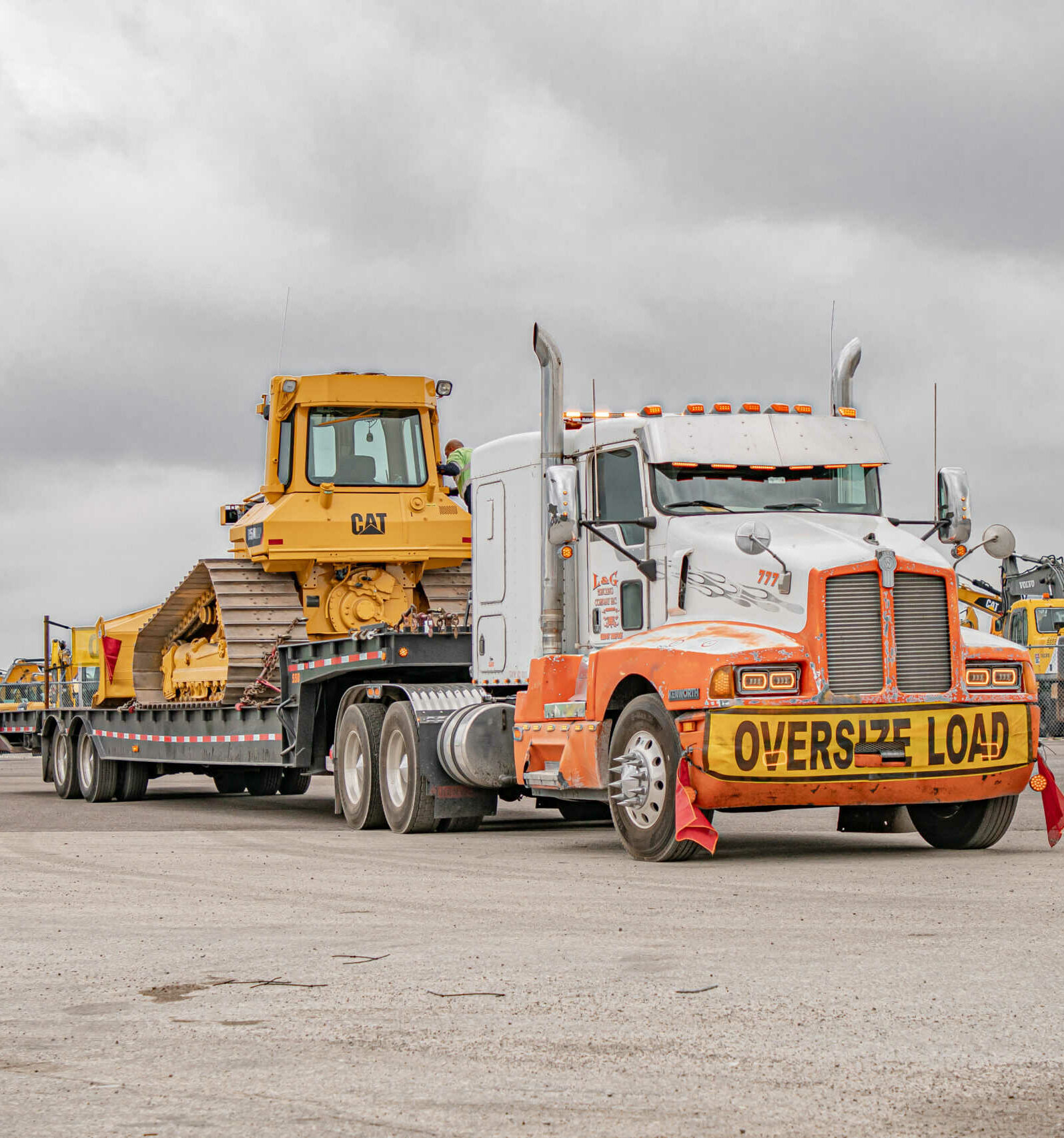Maximizing Your Load Capacity: Understanding Oversize Flatbed Transport

Flatbed transport is a popular method of transportation for oversized and heavy cargo. However, understanding the weight and size limits of flatbed trailers is crucial to ensuring safe and efficient transport. In this article, we’ll provide a comprehensive guide to flatbed transport load capacity, including what is considered oversize for a flatbed, the maximum weight and height limits, and the working load limit on a flatbed trailer.
Outline:
1. What is Considered Oversize for a Flatbed?
2. What are the Weight Limits for Flatbed Trailers?
3. What are the Length and Height Restrictions for Flatbeds?
4. What is the Working Load Limit on a Flatbed Trailer?
5. What are the Advantages of Using Flatbed Trailers?
6. What are Some Tips for Successful Flatbed Transportation?
What is Considered Oversize for a Flatbed?

Flatbed transport is a versatile and reliable method of transport for oversized and heavy cargo. However, understanding the weight and size limits of flatbed trailers is crucial to ensuring safe and efficient flatbed shipping.
Firstly, oversize flatbed transport is generally defined as any load that exceeds the standard size and weight limits allowed on conventional trailers. It usually requires special permits and equipment, such as oversized load banners and escort vehicles. Oversize loads may include large machinery, construction materials, and other bulky items that cannot fit on standard trailers.
What are the Weight Limits for Flatbed Trailers?
Flatbed trailers can typically carry up to 48,000 pounds on a 48 ft flatbed and 45,000 to 48,000 pounds on a 53 ft flatbed trailer when considering weight limits. It’s important to note that these weight limits include the weight of the trailer itself, as well as the load being hauled, so always ensure you have the correct weight of your load.
What are the Length and Height Restrictions for Flatbeds?
In terms of length and height restrictions, the longest legal flatbed is typically around 53 feet in length. The maximum cargo height for a flatbed is usually around 8 feet and 6 inches. However, this may vary depending on state regulations and the type of load being transported, so always check your local requirements.
What is the Working Load Limit on a Flatbed Trailer?
The working load limit on a flatbed trailer is defined as the maximum weight that can be safely carried by the trailer and its components. This will vary depending on the type of cargo being transported and the strength of the trailer’s components. Always check your trailer to make certain it is in top working condition to handle its cargo.
What are the Advantages of Using Flatbed Trailers?
Using flatbed trailers offer many advantages, such as easy loading and unloading and the ability to transport oversized or irregularly shaped items. Additionally, flatbed trailers can be more cost-effective than other transportation methods, as they require less handling and loading equipment.
What are Some Tips for Successful Flatbed Transportation?
To be successful in flatbed transportation, it’s important to stay organized and plan ahead. Keep a detailed schedule, track expenses, and ensure that all necessary permits and licenses are up-to-date. Additionally, it’s important to maintain your equipment and adhere to safety regulations to ensure a smooth and successful delivery.
Understanding the weight and size limits of flatbed transport is essential to ensure safe and successful delivery. By following these regulations and guidelines, you can transport goods efficiently and effectively across the country.
Why Join VeriTread as a Transport Provider?
VeriTread has 100’s of loads that you won’t find anywhere else with new loads listed every day. When you complete a profile on VeriTread, we learn detailed information about your equipment, your capabilities, and the areas you service. We combine this information with our patent pending freight matching technology to proactively find you the best paying freight available. VeriTread is reserved only for carriers, brokers, and forwarders, who are properly bonded, licensed, and insured which reduces overall risk as well as keeps rates at a fair and profitable level.
veritread products
Top Articles
Freight Types
recent posts

Basic Tips of Heavy Equipment Transport

Understanding Equipment Transport Services



